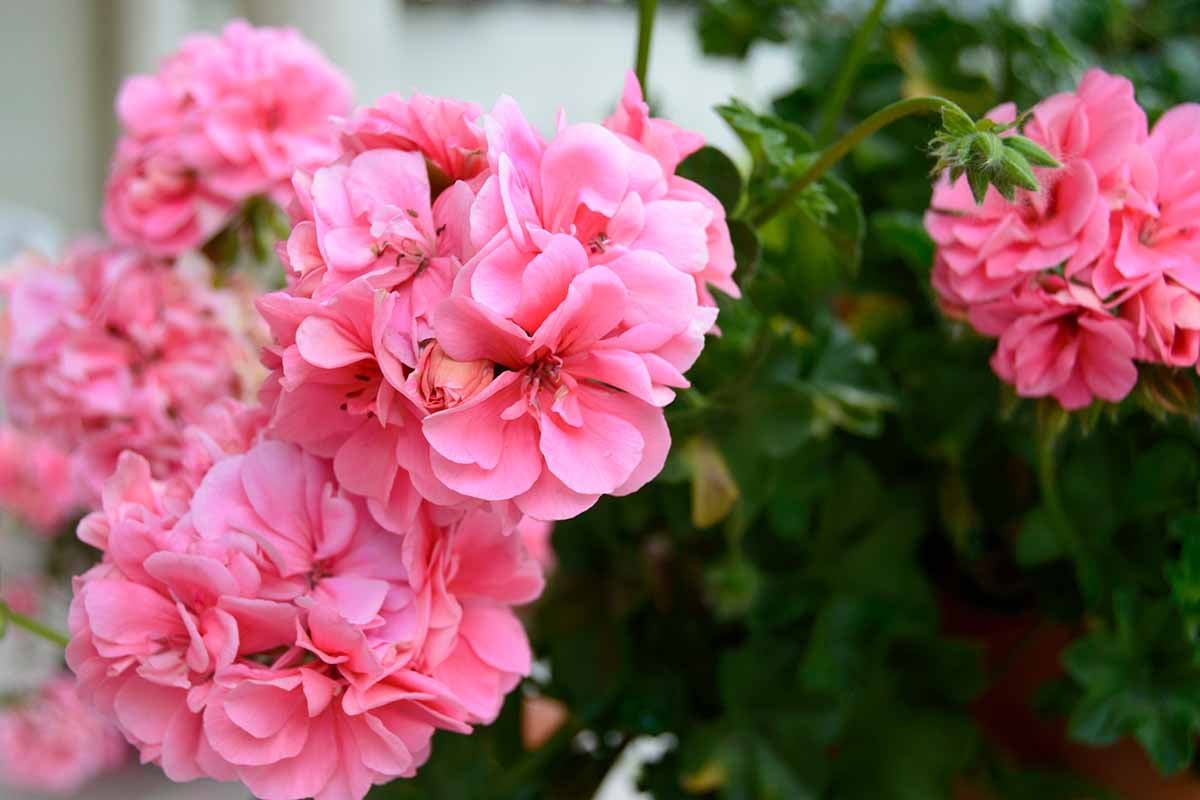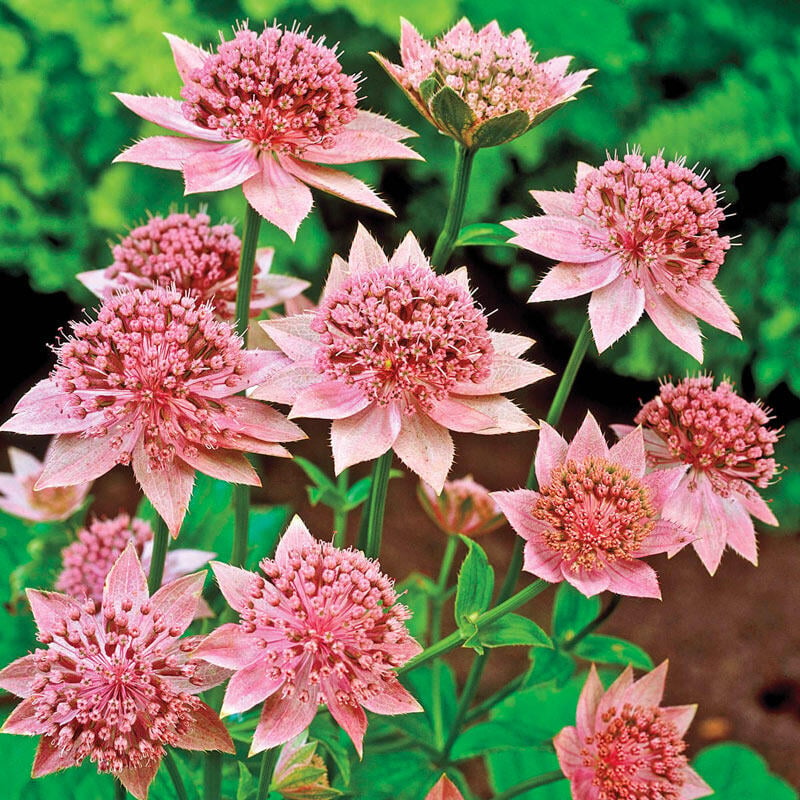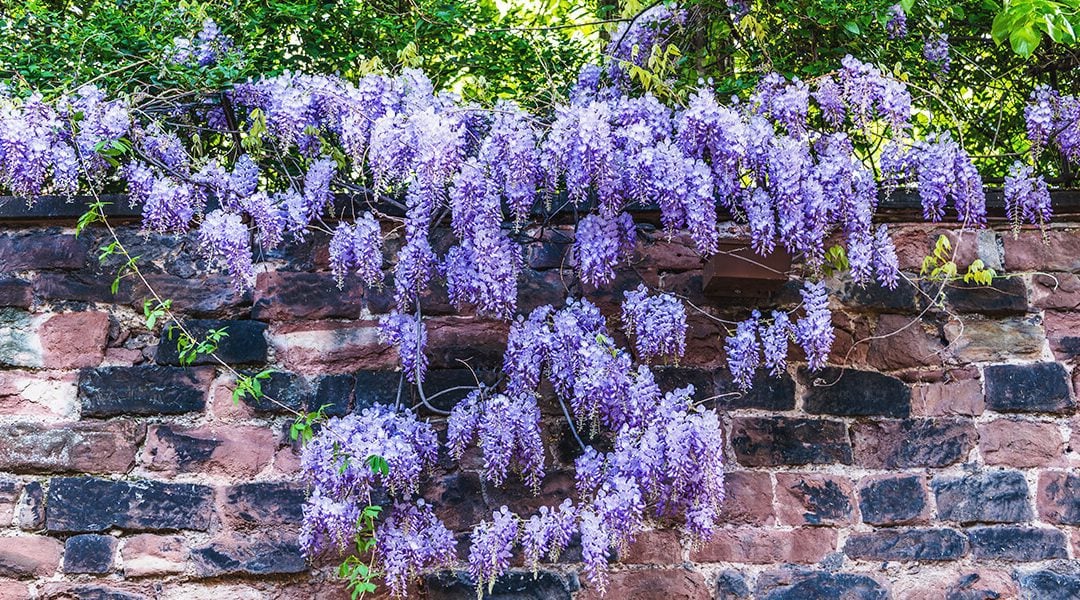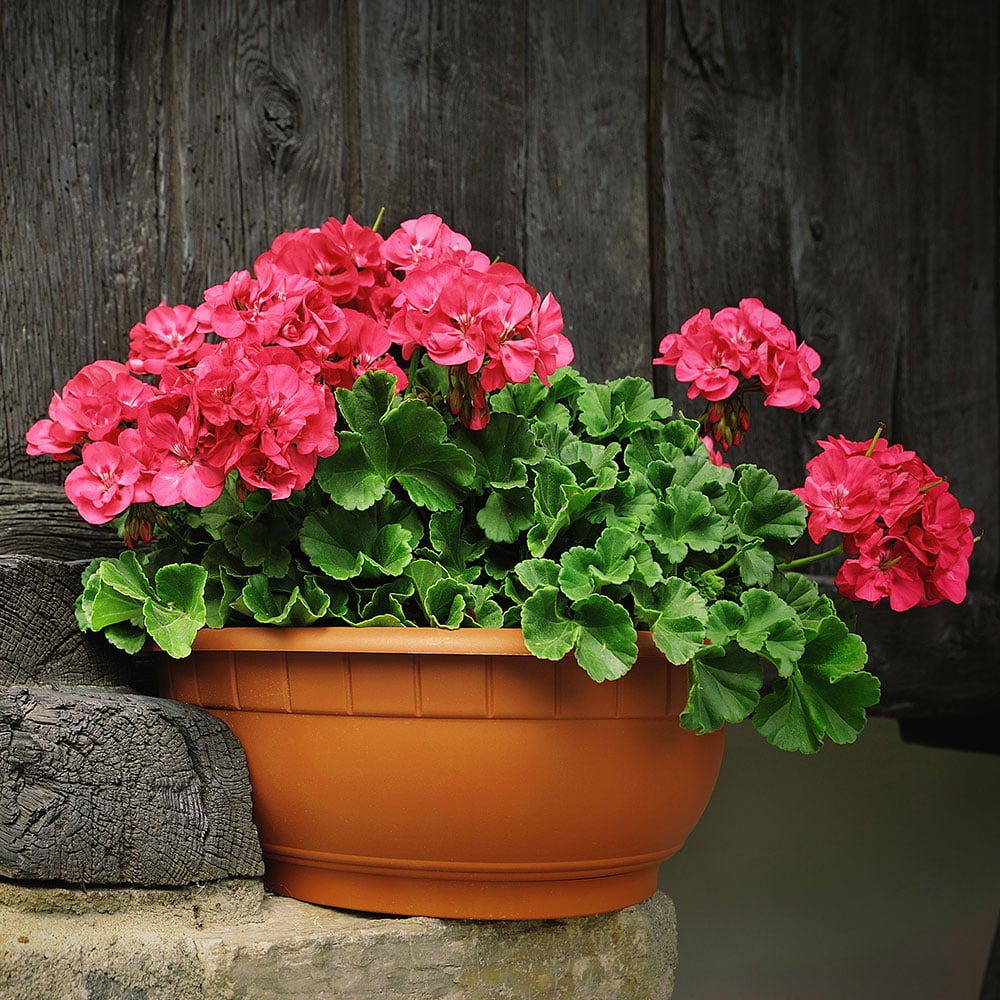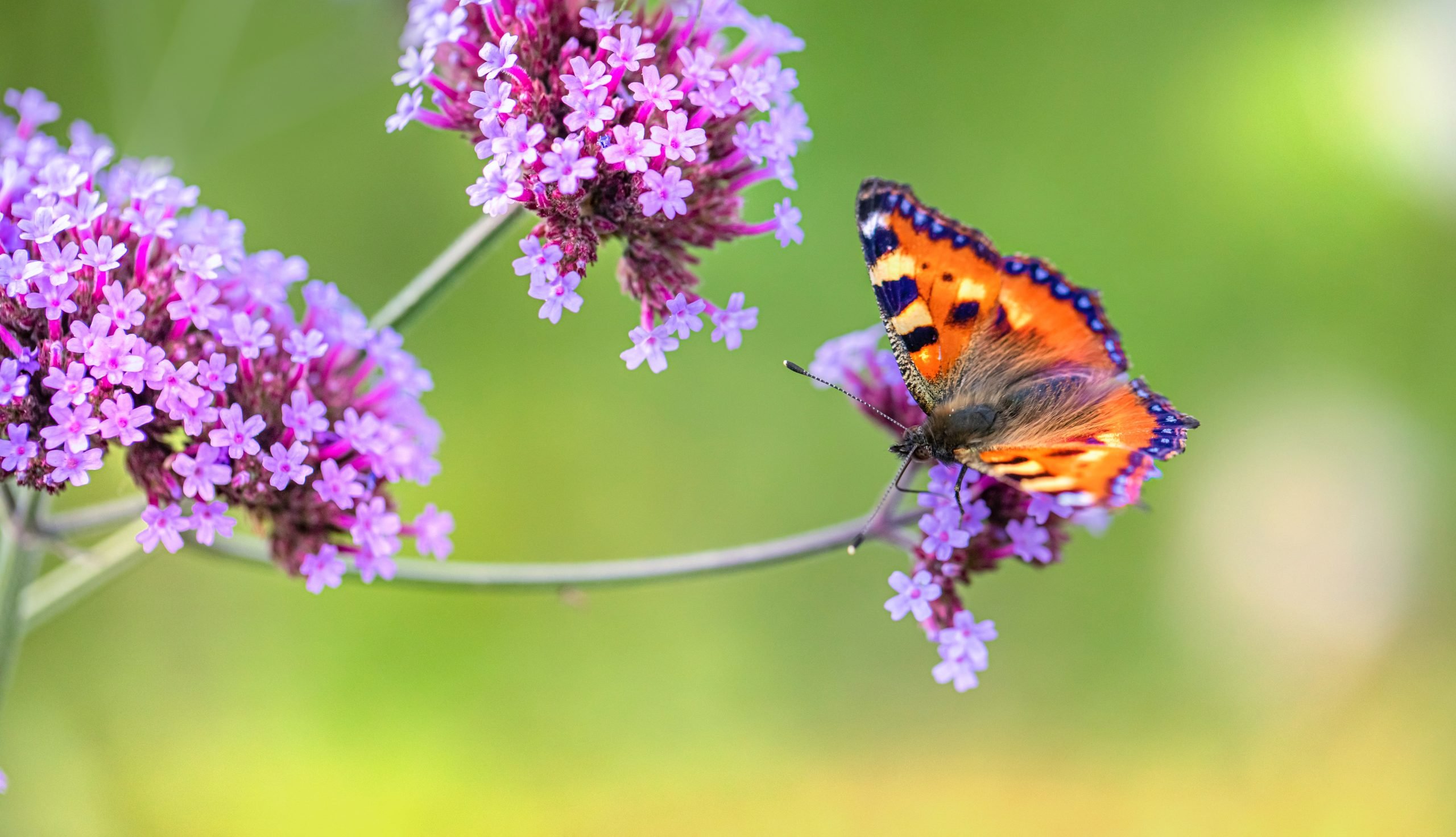4 Easy Steps to Deadheading Dianthus Plant
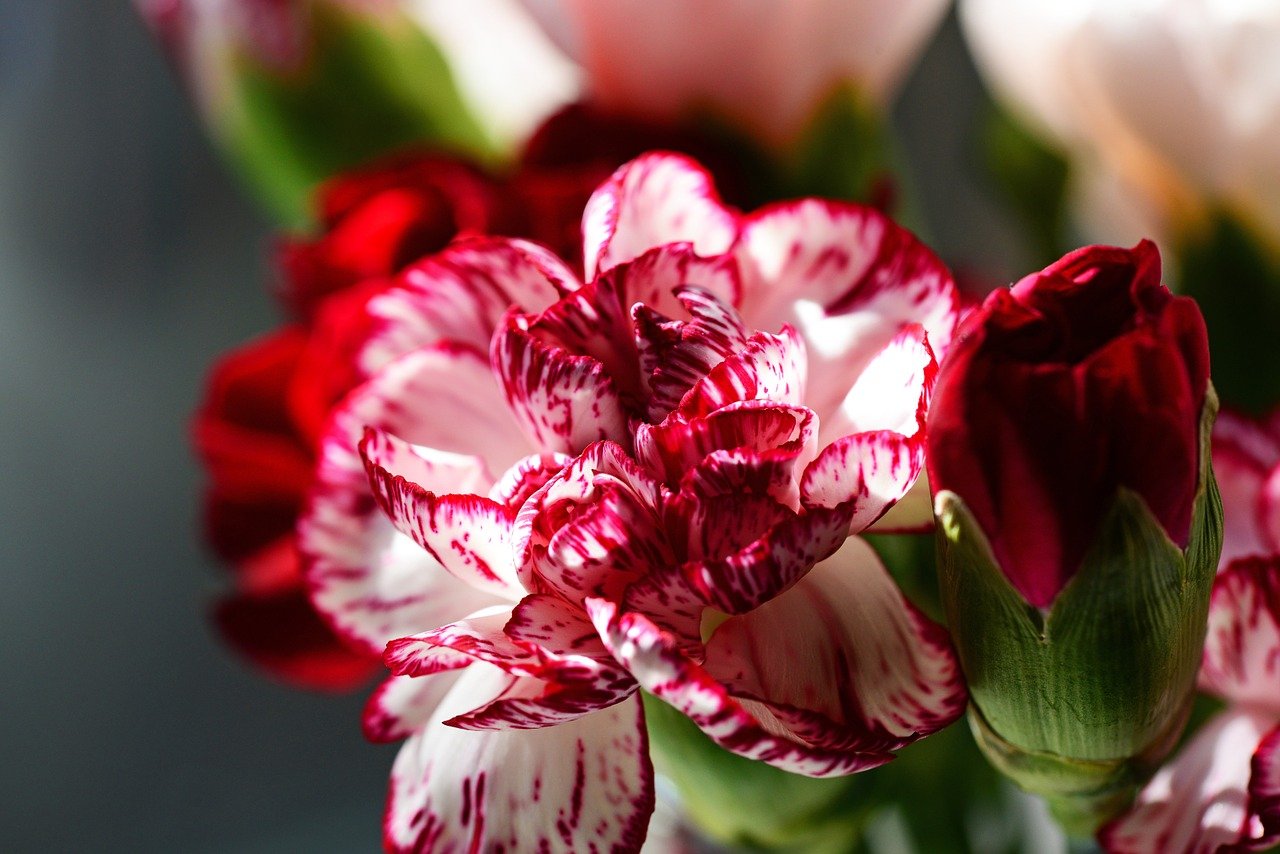
Table of Contents
Planting a tree is very good and is a must-do task in order to protect our society from harmful activities. But do you know, apart from planting, what is the most important part after planting?
Maintaining a tree or a plant is the most important part after it is being planted. For garden lovers, it is very important, and at the same time, it is a hectic task too. Because responsibility doesn’t end with planting trees. Actually, caring for and maintaining the trees and plants is also a crucial aspect of gardening. In the maintenance part, deadheading and pruning also play a pivotal role.
So, in this article, we will be discussing the Dianthus plant and also the deadheading of Dianthus in just 4 easy steps!
Dianthus Plant: It’s Origin and Background
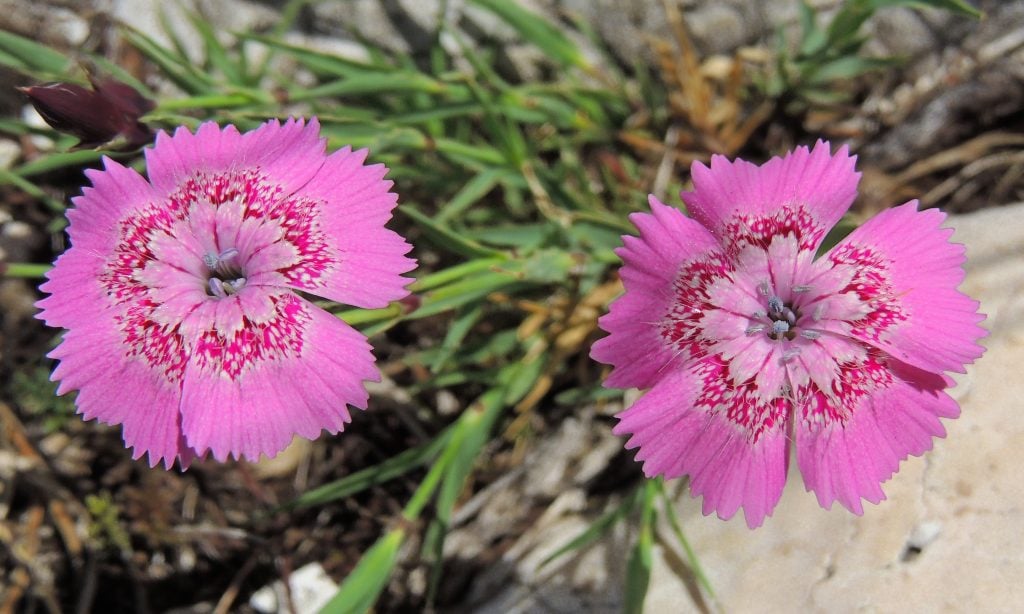
The Dianthus plant hails from the family Caryophyllaceae. Its genus is Dianthus, and its kingdom is Plantae. Dianthus is a plant which is having around 340 other species. They are mostly found in Europe, Asia and the Northern and Southern parts of Africa. Also you will be able to see them in North America as well. Speaking of its appearance, it has leaves whose colours are sometimes bluish-green or simply green. Its flower consists of five petals and is pink in colour.
From its historical point of view, Dianthus is a Greek name basically, and it was given by Theophrastus, who is a noted Greek scientist. Well, it is said that the name came from its flowers itself. Also, it is noted that it has been named after a type of scissors which creates zigzag edges called Pinking Shears. Dianthus are used as food for the plants by Lepidoptera’s larvae (a kind of species). Also, this plant is a symbol of boldness.
Steps for Deadheading Dianthus Plant
Now we will be discussing the steps for the deadheading of Dianthus. To simplify, we will be discussing in just 4 steps.
- Firstly, you will have to check if the flowers are fading or they are falling or not. If they do, then it indicates you deadhead the plant.
- Secondly, after checking them, you will have to use a scissor to chop the stem of the leaves. However, you can also use either a pruner or secateurs to chop the stems.
- Thirdly, after chopping or removing some leaves, make sure that your plant has enough leaves, which will help the plant to survive further.
- Fourthly, after done with the third step, you will have to continuously check the plant and analyze when it needs to be deadheading next. It is mostly seen that some of the plants require to be deadheaded in summer while some often require after a week or two.
However, you will also have to see while chopping the leaves if that are any other stems with flowers growing up or not. You can check it from the top side after deadheading. Also, you should remember one thing you have only to deadhead the old flowers, not the new lateral flowers, which are softer and newly bloomed. After a year, you will be able to cut the entire branch filled with flowers.
Also, when you are doing deadheading, make sure to wear protective gear. You must wear gloves, full-sleeved shirts and pants, along with a face mask. It is required because when you wear those protective gear, you will get protection from diseases or any type of skin allergies. Make sure that you keep the pests and fertilizers away from children and pets.
When is Deadheading Required for Dianthus?
When you are planting Dianthus, at that time, you will be advised to deadhead the plant every year. It is seen that most people from all over the world deadhead this plant every year. However, it may also depend on what are the conditions of the plant and what variety you are growing, and how well maintained and watering is done. It is also seen that people deadhead this plant many times throughout the year. It also depends on where you are growing this plant. If it is in the greenhouse, then for flowering, you will need to deadhead continuously throughout the year.
The time for deadheading this plant is in the spring and summer seasons. You will see that some variants of this plant need to be plucked in spring, and the rest you will see in summer. Above all that, you will have to remember one important point whenever you see dead flowers, be it summer or spring; you will need to chop them down in order to get new flowers onboard.
Some additional tips and points you need to remember while doing deadheading:
- These plants should get a good amount of sunlight for their flowers to get bloomed, but if it doesn’t happen, then the result may be the opposite.
- Before chopping the stems of these plants, you will have to get good scissors and rubbed with alcohol properly. Doing so will make it less risky for the plants to get infected with diseases.
- Deadheading should be done in order to prevent seeding also. But if you don’t want to get seeds, then don’t deadhead the plants.
In order to maintain a plant or tree, healthy and effective pruning is also required. You will have to cut the overgrown stems and dead branches, and dead leaves to maintain the good shape of the plant. The pruning of dianthus is done in the summer season. All you need to do is chop the dead parts of this plant and do not touch other well-bloomed parts. In the pruning part, you can do this process either by bare hand or by using a pruner.
When and How Should You Fertilize Dianthus?
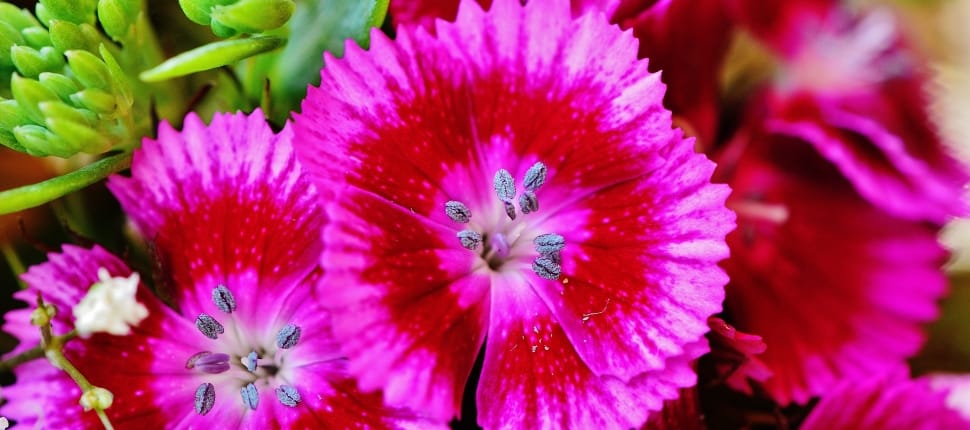
In this plant, you will need a slow-release fertilizer because this plant does not require any kind of fertilizer perse. If you are growing this plant in any type of pot or container, then a small amount of fertilizer needs to be sprinkled. But if you are planting in the garden, then you will need just to apply some at the base of the Dianthus.
Remember, in both cases, you will be applying only at the base of the plant only and not in other parts. So, when choosing the best fertilizer for Dianthus, always choose a slow-release fertilizer only. And also, remember not to overfeed the plants, which may, in turn, give the opposite result.
Springtime is the best for applying fertilizer since it is a slow-growing plant, and it requires no to little maintenance. However you can also do this process in autumn also, but generally, it is not required. So do it in the spring season only. In today’s market, there are many fertilizers available, but you will have to choose a good fertiliser. Most people recommend an NPK ratio of either 10-10-10 or 20-20-20. Check and verify before choosing any kind of fertilizer.
How Often to Water the Dianthus Plants?
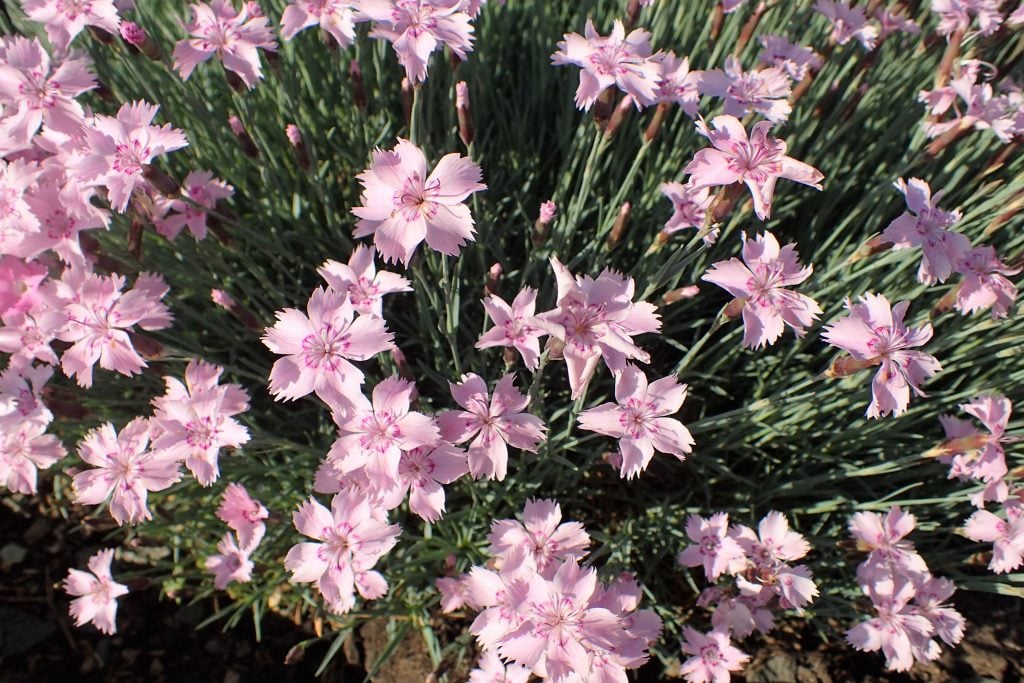
Watering is the second most important aspect after sunlight. Every plant requires a different amount of water. In this case, this plant requires to be watered only once a week. If the plant is completely dry, then only you will have to give water to the plant. If you are growing this plant in planters instead of grounds, then remember that it will require more watering. Also, if you don’t give water to the plant, then it may turn brown in colour and may die gradually.
How is Dianthus Planted?
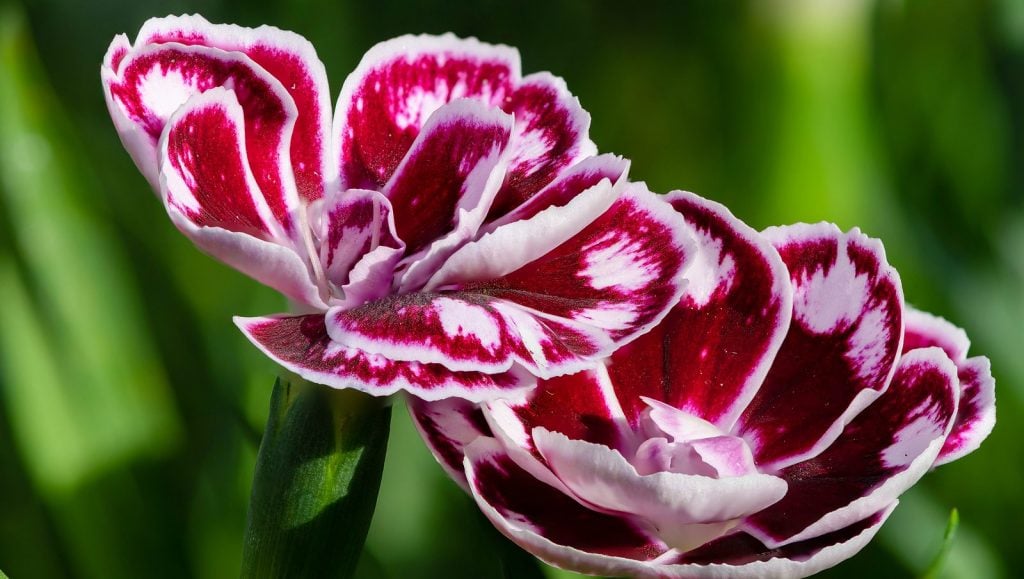
Just like other plants, Dianthus requires a place where it should get partial to full sun and shade. The soil that it needs to be planted should be well-drained, and it is highly recommended that this plant should get proper sunlight for 6 hours per day. It is strongly recommended that mulching should be prevented for this plant.
Six Types of Dianthus Plant
1. Alpine Pinks

Alpine Pinks is a type of Dianthus which are a bit hardy plant. These plants can grow up to a height of 60cm, i.e., 24 inches tall. These plants have large blooms as well. As the name suggests, they grow in alpine conditions, rocky conditions, basically.
2. Old Fashioned Pink
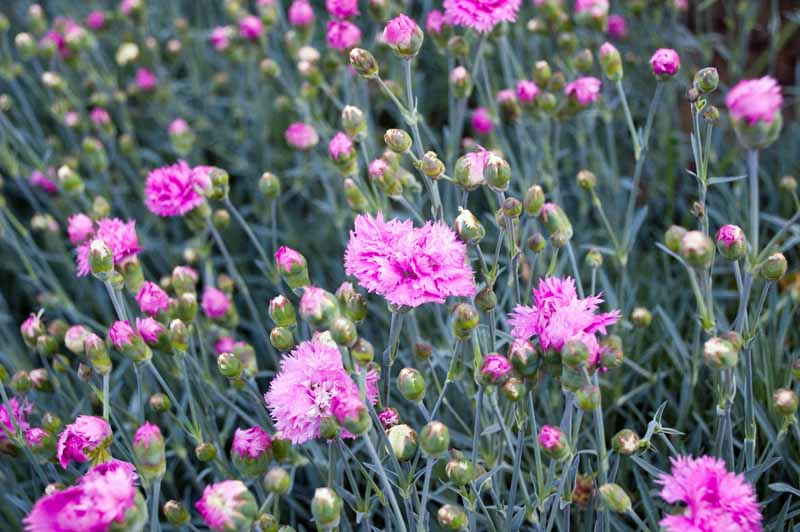
As the name suggests, these types of Dianthuses are basically older varieties. In summer, you will be able to see flowers blooming with blue-green foliage. These plants can grow up to a height of 18 inches.
3. Modern Pink
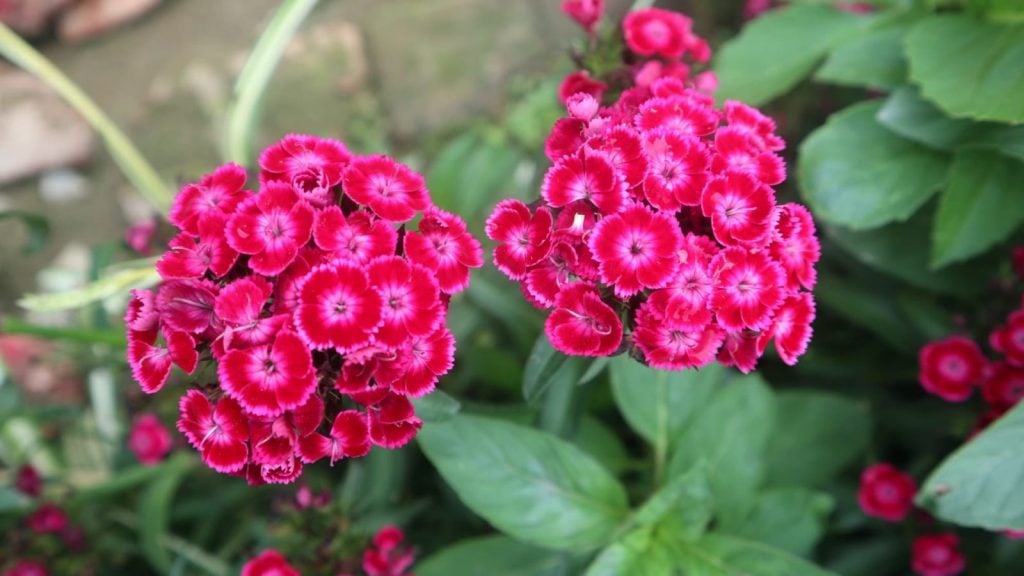
These are a type of Dianthus which are newer varieties in comparison to Old Fashioned PInks. The flowers of this plant bloom twice or thrice every year. Likewise, Old-Fashioned pinks also grow up to 18 inches.
4. Perpetual Flowering Carnations
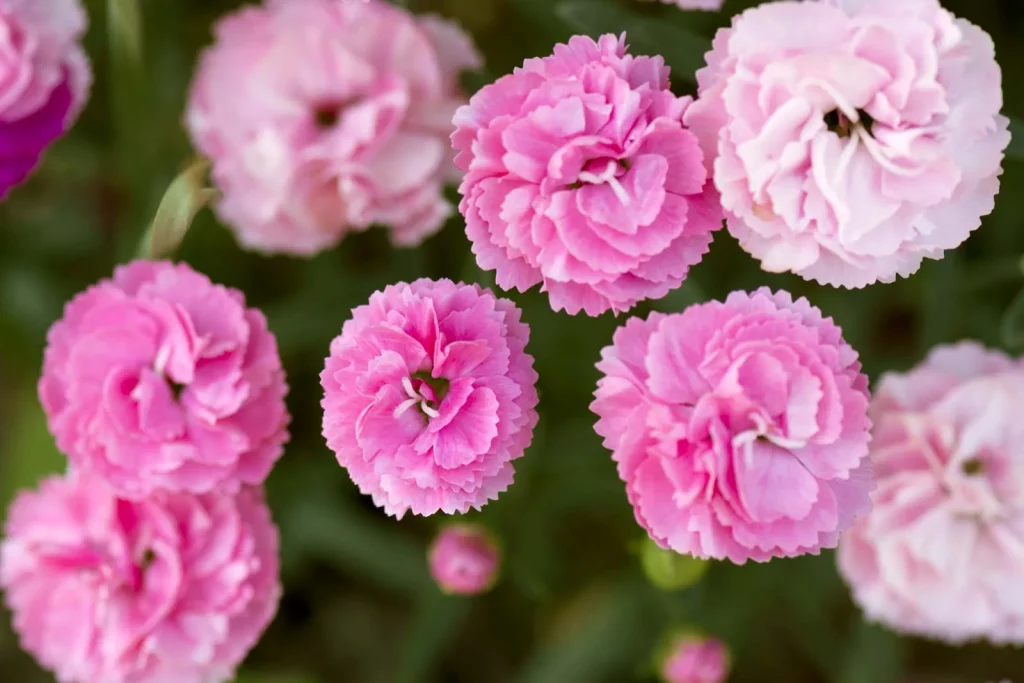
These plants are mostly found planted in greenhouses or grown under the protection of glasses. You will be able to see flowering the whole year. It is such a plant which is used most of the time for exhibitions as well.
5. Malmaison Carnations
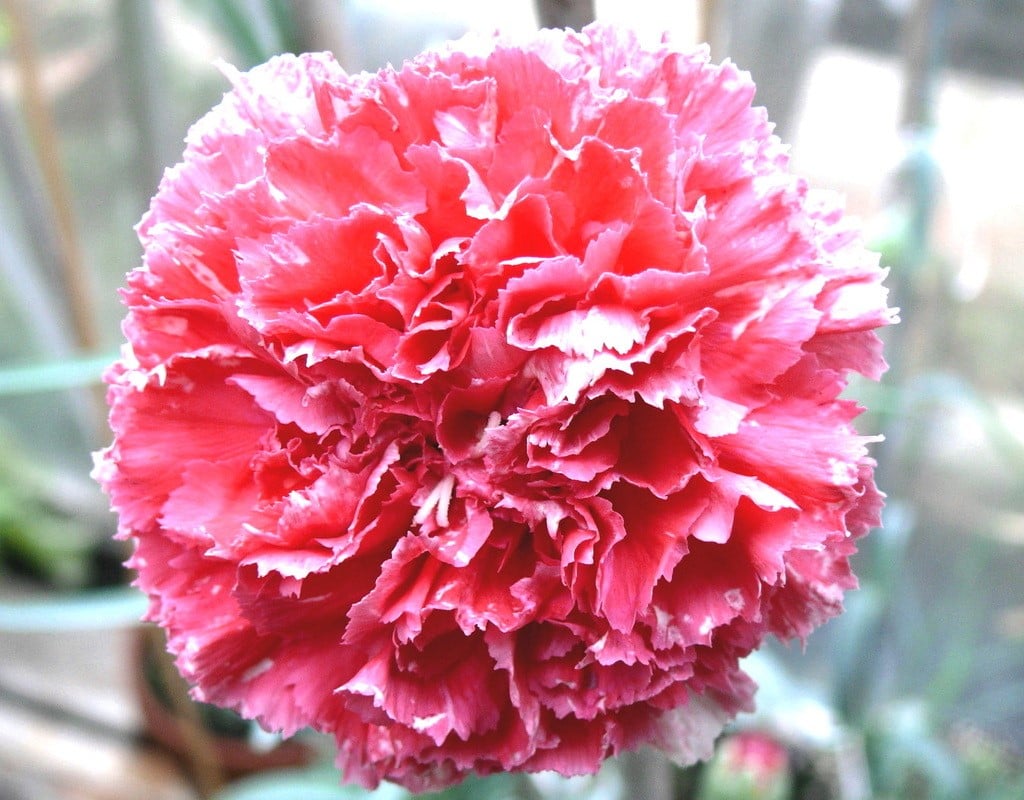
Malmaison Carnations is the fifth type of Dianthus in this list. This plant has a very good height and is also said to be the tallest among these six types. It is 70cm in its height. Also, the fragrance of this plant is somewhat like cloves. This plant grows up to 28 inches tall.
6. Border Carnations
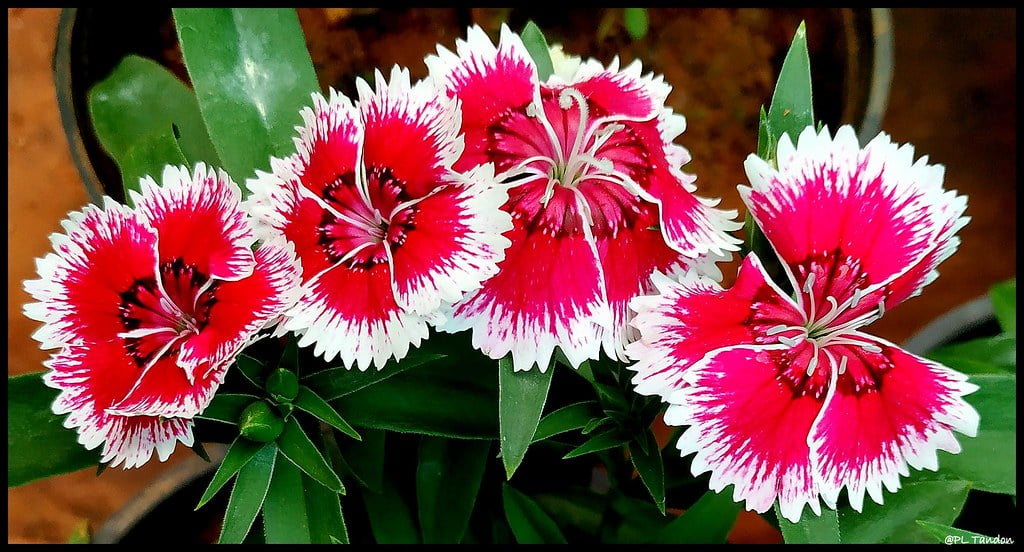
The sixth type of Dianthus is Border Carnations. These plants are basically a bit hardy, and they grow up to a certain height of 2 inches. Its sad to know that these plants are no longer grown commercially.
Final Thoughts
Today, we have learnt about Dianthus. We have learnt about its type, its nature and the deadheading process. It is a plant which requires low maintenance. Besides that, we have also learnt that it requires slow fertilizer. We have further learnt that deadheading is required in the spring season.
Remember to arm yourself with protective gear and masks; otherwise, you run the risk of getting exposed to skin allergies. We have also learnt about pruning the tree, which makes it hold a good shape. Also, remember to give this plant proper sunlight and also plant this in soil which is well drained.
We hope this article helped you gain crucial insights regarding the Dianthus plant, and we hope you feel confident in deadheading your Dianthus plant.


